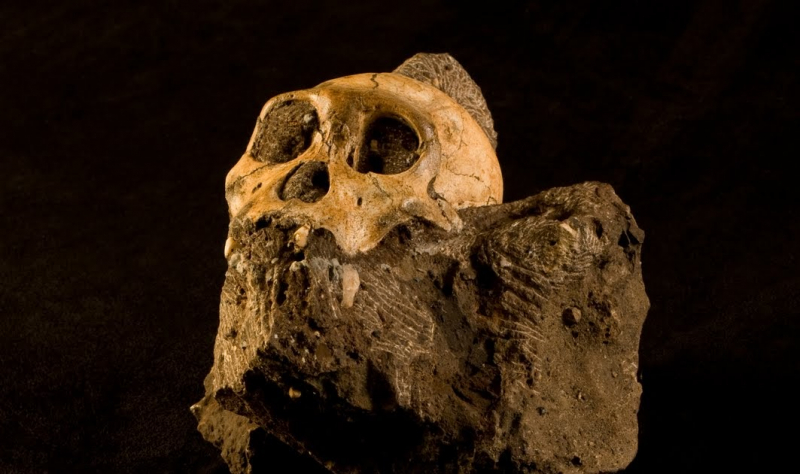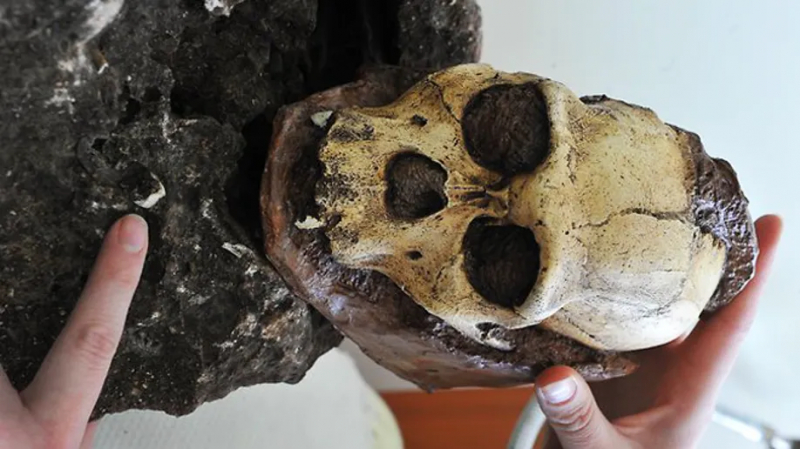Hominid Ancestors

Scientists in South Africa have found two 1.9 million-year-old skeletons that may be an early ancestor of modern humans thanks to Google Earth. The fossils were discovered in the unexplored Malapa caves near Johannesburg in March 2008, according to paleoanthropologist Lee Berger and his nine-year-old son Matthew, but they only made the discovery public on Thursday.
Known as Australopithecus sediba after the Sesotho word for "well-spring," the 130-bone collection consists of two incomplete skeletons. The unexplored fossil site was discovered after a Google Earth and satellite image survey of the area, according to the researchers, who claim to be currently excavating at least two other skeletons of the same species there.
The bones, which depict a small-brained, bulky-appearing creature, allude to traits shared by modern Homo and earlier Australopithecine species. They were tall for their time (4 ft. 4 in.) but squat in shape, had the dainty teeth and protruding nose of a modern human but a tiny brain, and they walked upright but sought shelter in trees, according to the evidence.
They also had long arms with fairly contemporary hands and long legs with ape-like feet. The discovery might alter the course of human evolution as currently understood by scientists. The question of whether this species is a real ancestor or merely a related branch of the same family tree is debated by scientists.
- Where: Cradle of Humankind, Maropeng, South Africa
- Year of Discovery: 2008











